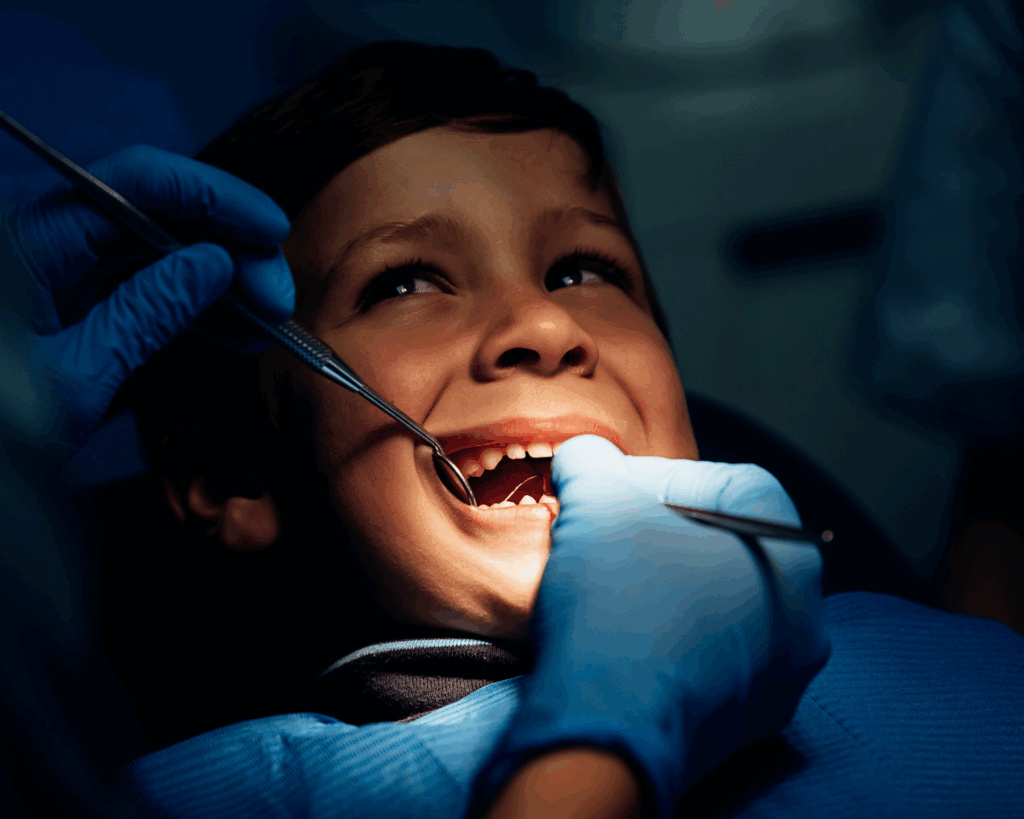Why X and Y?
Despite how common intersex conditions are, the medical community largely disregards the identities and needs of intersex youth and adults.

Read Time: 4 minutes
Published:
Two X chromosomes, two ovaries, a uterus, a vulva, a vagina, high levels of estrogen, and low levels of testosterone. That’s what little girls are made of. An X and a Y chromosome, two testes, a penis, high levels of testosterone, and low levels of estrogen. That’s what little boys are made of.
We are taught that sex is dimorphic: simply male or female. But many people are born with genitalia, reproductive organs, hormones, and chromosomes that don’t align with the male-female binary that we have oversimplified in our first biology classes. These people call themselves intersex. Intersex conditions are common; about 2% of the population is born with intersex traits. The intersex umbrella encompasses a range of diagnoses, at least 40 different named conditions.
Intersex people have always existed, but the medicalization of intersex bodies is relatively recent. In the 1950s, physicians and researchers at Johns Hopkins created the “optimum gender of rearing” model. The researchers sought to maximize intersex children’s potential for a “normal” gender identity by trying to make each child’s body and upbringing as consistent as possible. Surgery to “normalize” infants’ genitalia became the standard of care. Intersex surgeries include “reducing” a clitoris, creating a vagina, moving a working urethra, and removing healthy organs that make sex hormones.
Today, the vast majority of infants born with ambiguous genitalia are operated on shortly after birth. This presents a major problem: intersex surgeries breech bodily autonomy. Though some intersex children want to change their bodies or are glad their bodies were changed, many others live with pain and trauma because these choices were made for them. Because surgeries are performed on infants, guessing how any individual will feel as they mature is impossible. Waiting for surgery until an intersex person can choose for themselves is the best way to avoid irreversible harm.
What’s next? We need to lift up intersex voices and bring intersex causes onto the public radar.
Surgically assigning the wrong sex is one of several risks. When an intersex baby’s gonads are removed, they are often rendered infertile. They will depend on hormone therapy for the rest of their lives. Infant intersex surgeries also have high complication rates. Genital surgeries can result in loss of sexual sensation and chronic pain. Removed organs cannot be replaced. Severed nerves cannot be regrown. Scar tissue limits options for corrective surgery in adulthood.
Many parents who choose intersex surgery are trying to do what is best for their children. Surgeries to change genital appearance are often framed by doctors as an emergency or medically necessary. Parents aren’t told about the high risks of surgery for their children. They may never have a chance to communicate with intersex adults to help guide their decisions or told that waiting is an option.
The fight to end intersex surgery is still in its infancy. Activists began organizing in 1993. In 2018, California passed the first legislation to acknowledge intersex human rights violations, but it was a non-binding resolution. Five states have seen bills to ban infant intersex surgery since 2017, but none have made it into law. This summer, Lurie Children’s Hospital in Chicago was the first US hospital to apologize for the harm they’ve caused intersex people and to ban infant intersex surgeries in their hospital.
What’s next? We need to lift up intersex voices and bring intersex causes onto the public radar. We need to push for federal legislation to ban infant intersex surgery. Intersex surgery is a direct manifestation of stigma against non-normative bodies. Despite how common intersex conditions are, the medical community largely disregards the identities and needs of intersex youth and adults. Intersex awareness and acceptance are essential to the fight.
Photo via Getty Images



